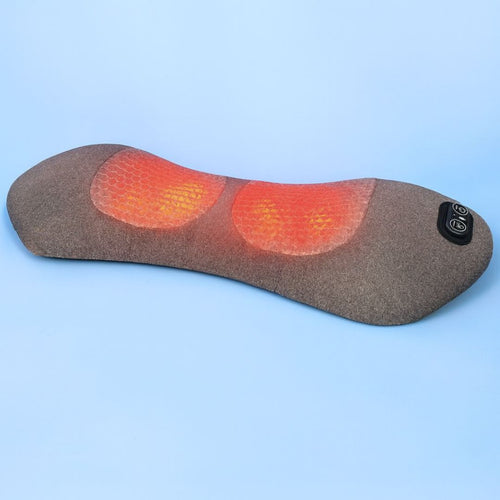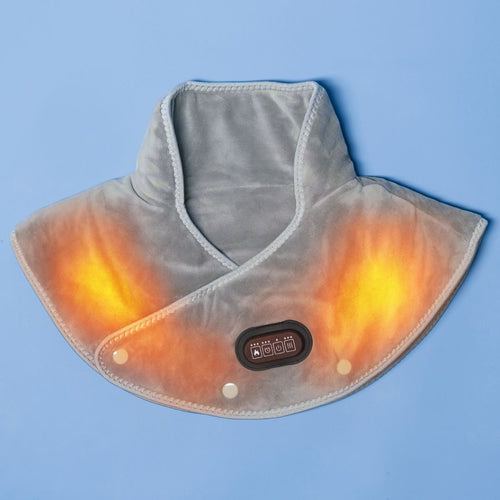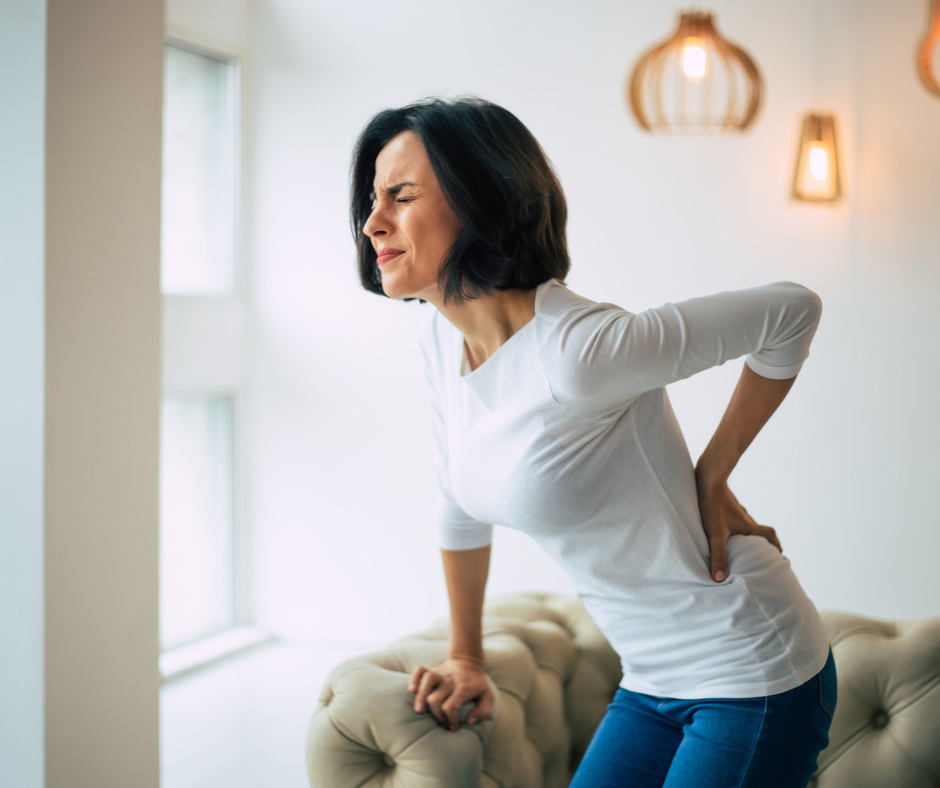What Causes Lower Back Pain in Women... And How to Fix It
By Holly Grace Callis | Published on August 11th, 2025
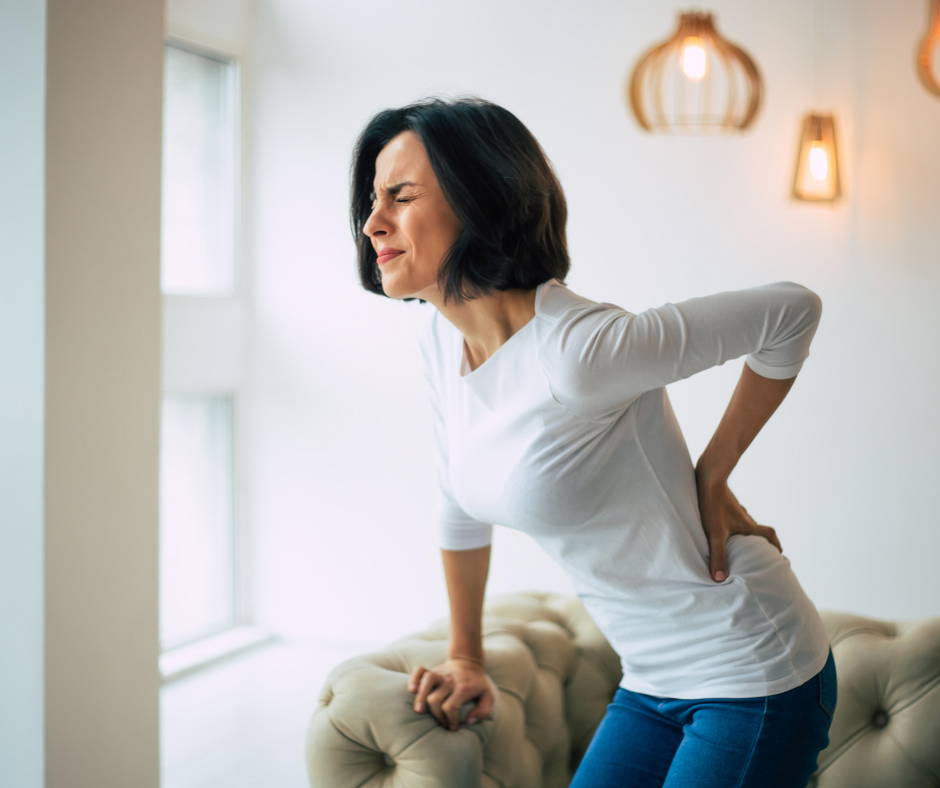
You bend down to grab something, twist a little too fast, or wake up with that deep ache across your lower back. For many women, this pain isn’t occasional. It sticks around, makes daily tasks harder, and often feels hard to explain.
Lower back pain in women can come from more than just posture or strain. In fact, according to a study from PMC, 61% of women experience low back pain while only 39% of men do. So, what gives?
Hormones, muscle balance, and movement habits all play a role, and most advice leaves those factors out.
In this article, we’ll explore what causes lower back pain in females, how it’s different from general back pain, and what you can do at home to feel better naturally.
What Causes Lower Back Pain in Females?
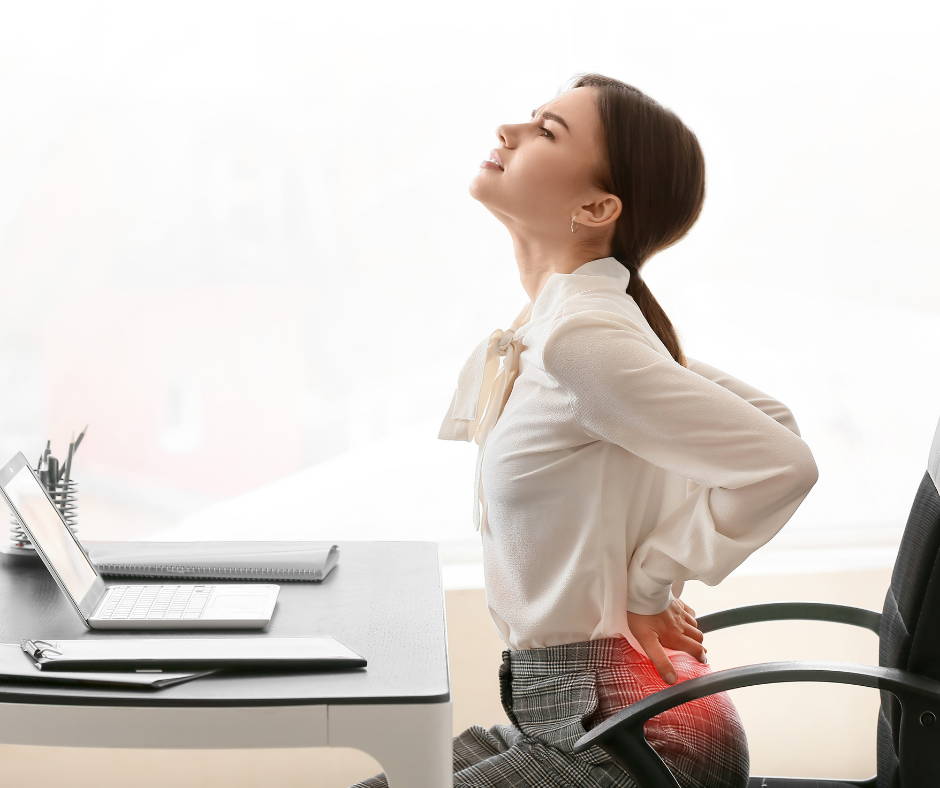
Lower back pain is common, but the reasons it shows up in women often go untreated. Your spine, hips, and pelvic region are closely connected. That means small shifts in hormone levels, posture, or strength can affect how your lower back feels and functions.
Hormonal Changes and Menstrual Cycle
Hormones like estrogen and progesterone help regulate more than just your period. They also influence how stable your joints are and how much inflammation your body holds onto.
Around your menstrual cycle, the body releases prostaglandins. These are chemicals that cause the uterus to contract. It can trigger cramping that radiates into your lower back.
Some women also notice that their lower back pain gets worse just before or during their period. That’s because hormone shifts affect ligaments and muscle tension, making pain more noticeable even without injury.
Pregnancy and Postpartum Strain
During pregnancy, the body shifts to make room for a growing baby. The pelvis tilts forward, the curve in the lower back deepens, and the abdominal muscles stretch. These changes increase the load on the lumbar spine and often lead to discomfort that lasts beyond pregnancy.
After giving birth, the body needs time to regain strength and stability. Hormones like relaxin, which loosen joints and ligaments during pregnancy, remain in the body for weeks or even months.
This added flexibility can make the lower back feel weak or unstable, especially if core muscles have not fully recovered.
Poor Posture and Daily Movement Patterns
Posture affects your back more than most people realize. Sitting with rounded shoulders or leaning into one side can place uneven pressure on your spine. Over time, this stress adds up and leads to muscle fatigue, joint tension, and long-term pain.
Daily habits matter too. Standing with your weight on one hip or wearing unsupportive shoes, like high heels, can shift your spine out of balance. Even how you carry a bag or bend over can influence how your lower back feels by the end of the day.
Small changes in movement and support can make a big difference.
Weak Core and Glute Muscles
Your core and glutes are key to keeping your spine stable. When these muscles are weak, the lower back has to work harder to support your body. This often leads to pain after sitting or standing for long periods.
Many women with desk jobs or low-activity routines feel this weakness without knowing it. Simple movements like getting out of bed or lifting groceries may cause discomfort.
How to Fix Lower Back Pain At Home
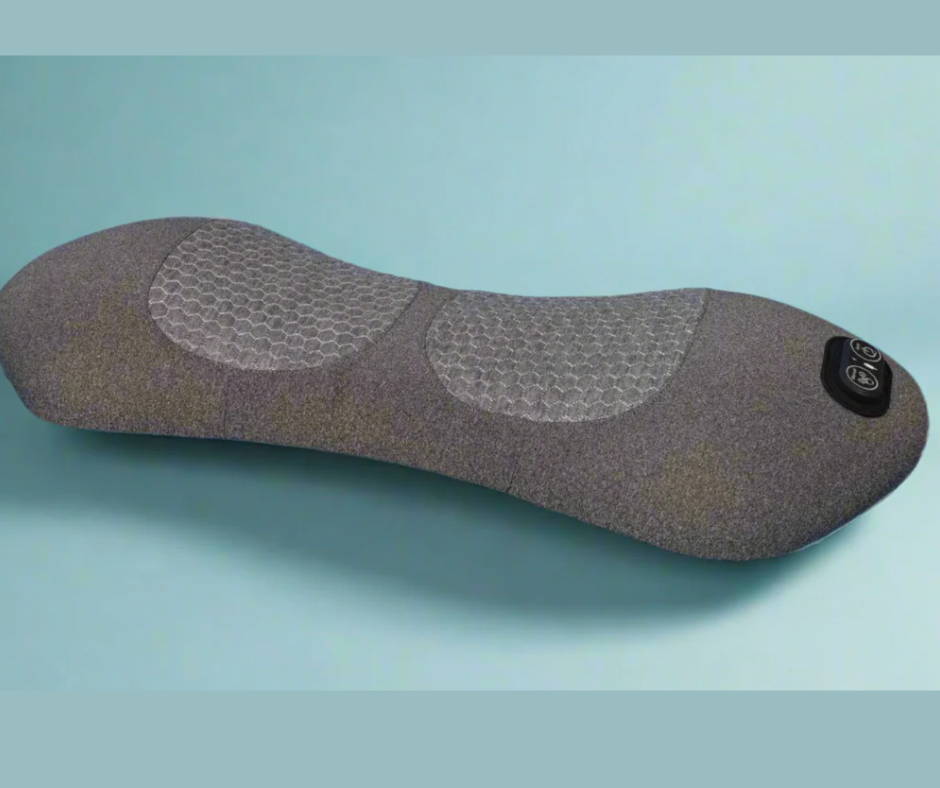
Lower back pain can feel like it needs a major fix, but many of the most effective steps are simple and can be done at home. The goal is to support your spine while keeping your muscles active and balanced. You do not need heavy workouts or complex routines—just small, steady changes each day.
These methods focus on posture, strength, and rest. Each one helps ease tension and trains your body to move in ways that protect your lower back.
1. Use a Supportive Pillow to Realign Your Spine
Support matters most when your body is at rest. A pillow that supports the natural curve of your lower back helps reduce pressure during sleep or breaks. Without that support, your spine may flatten or twist, which can lead to pain the next morning.
For example, a tool like the Thera Pillow is shaped to fit the curve of your back, giving it structure when you lie down. Use it under your lower back while lying on your back, or behind you when sitting, to keep your spine in a better position.
2. Add Lumbar Support When Sitting
Many women feel lower back pain after sitting for long periods. Desk jobs, driving, and even relaxing on the couch can put your spine in a poor position if there’s no support. Without something to guide your lower back, slouching becomes the default.
Using lumbar support can fix this. A tool like the Thera Back adds structure to your lower spine while you sit.
This reduces muscle strain and helps train your body to stay upright. Whether you’re working at a desk or riding in a car, added support can prevent pain from building up.
3. Strengthen Your Core and Glutes
Building strength is key to long-term relief. When your core and glutes are strong, they take pressure off your spine. That support gives your back a chance to rest instead of doing all the work on its own.
Start with simple exercises like bridge lifts, bird-dogs, and side planks. These movements focus on balance and stability. Even 10 minutes a day can make a difference. Over time, stronger muscles help protect your back and improve how you move through your day.
4. Stretch Your Hip Flexors and Hamstrings
Tight muscles in your legs can pull on your lower back and make pain worse. The hip flexors and hamstrings are two of the biggest trouble spots. When they get stiff, they tug on your pelvis, changing how your spine lines up and increasing pressure on your back.
Gentle stretches can help release that tension. Try a low lunge to open the front of your hips or a forward fold to lengthen the back of your legs.
Stretch slowly, hold each pose for 20 to 30 seconds, and focus on relaxing into it. Doing this once or twice a day can ease pain and help your back move more freely.
5. Adjust Your Sleep Position
How you sleep affects how your back feels the next day. If you sleep on your stomach, your spine may twist or flatten, leading to stiffness or soreness when you wake up. Sleeping on your back or side usually gives your spine more support.
If you sleep on your side, try placing a pillow between your knees. This keeps your hips level and takes pressure off your lower back.
For back sleepers, a small pillow under your knees can help maintain the curve of your spine. These changes are simple but make a big difference over time.
When to See a Doctor
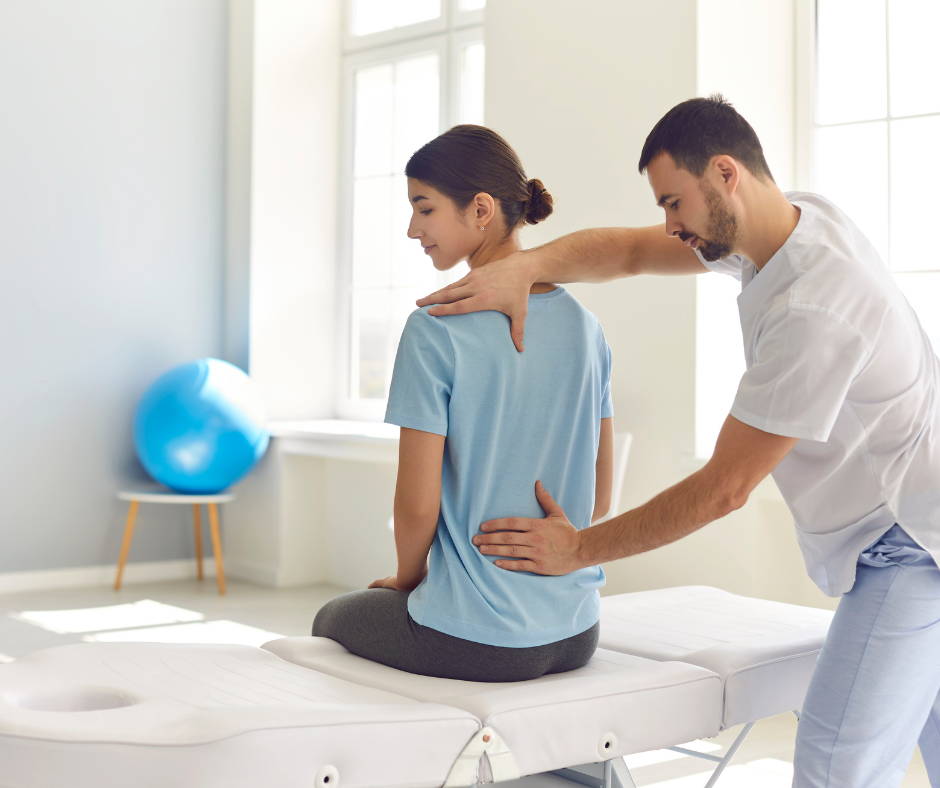
Most lower back pain improves with rest, movement, and support. But some signs mean you should speak with a healthcare provider. If your pain stays the same or gets worse after trying home care for a week or two, it’s time to ask for help.
Pain that does not change with rest or movement could signal something deeper. If you notice numbness, tingling, or weakness in your legs, those are signs your nerves may be affected.
These symptoms should not be ignored.
Also, pay attention to back pain that comes with menstrual changes, unusual bladder habits, or bowel issues. These could be linked to reproductive or organ concerns and deserve medical attention.
Back Pain Isn’t Just a “Normal Part” of Being a Woman
Lower back pain is common, but that doesn’t mean it should be accepted as part of daily life.
Many women are told their pain is just from ageing, hormones, or stress. While those things can play a role, they are not the full story, and they are not a reason to ignore what your body needs.
When you know what causes your pain, you can take clear steps to manage it. That might mean adding support while you sit, adjusting how you sleep, or strengthening the muscles that keep your spine stable.
Supportive tools help make those changes easier. Our Callixe products are designed to match how your body moves. Find relief in your daily routine today.
FAQs About Lower Back Pain in Women
What Does It Mean When Your Lower Back Hurts for a Woman?
Lower back pain in women can have many sources. It often relates to posture habits, hormonal shifts, pregnancy, weak muscles, or even emotional stress. For example, around the menstrual cycle, changes in hormone levels can lead to inflammation and cramping that spread to the lower back. During pregnancy, the spine adjusts to carry extra weight, which can also lead to long-term discomfort if not addressed.
It is important to look at when the pain happens and what movements make it worse. Keeping track of your symptoms helps identify patterns.
From there, you can choose targeted strategies that match your body’s needs, such as stretching, using support tools, or adjusting your sleep setup.
What Can Be Mistaken for Lower Back Pain?
Not all pain that feels like it’s coming from your lower back starts there. Sometimes, issues in the pelvis, kidneys, sciatic nerve, or even the digestive system can create similar symptoms. Pelvic tension or menstrual cramps can radiate to the lower back. Kidney infections or stones may also cause pain that wraps around the sides or lower back area.
To figure out what’s really going on, look at other signs like changes in urination, digestion, or nerve function. If you are unsure, a doctor can help rule out other causes and guide the right treatment plan.
What Organ Could Cause Lower Back Pain?
Several organs sit near the lower back and can send pain signals to that area. The kidneys, for example, are located just below the rib cage and can cause dull or sharp pain when they are inflamed or infected. The uterus and bladder can also be involved, especially in conditions like endometriosis, fibroids, or urinary tract infections.
If your back pain feels deep, is one-sided, or comes with other symptoms like fever or pelvic pressure, it may not be a muscle issue. It is always best to talk to a medical provider if you suspect an internal cause.
When Should I Worry About Lower Back Pain?
You should seek medical attention if your lower back pain is severe, does not improve with rest or stretching, or comes with symptoms like numbness, tingling, or weakness in your legs. These may point to nerve involvement that needs professional care.
Other warning signs include trouble controlling your bladder or bowels, unexplained weight loss, or pain that wakes you from sleep. These are not common signs of regular back strain and should be taken seriously. Even if the pain seems manageable, it’s worth getting checked out if it keeps returning or affects how you move every day.


